Hyundai Ioniq 5 Comes Out Looking Highly Conceptual

The Hyundai the Ioniq 5 compact crossover made its debut Monday evening and it’s another win for the brand’s styling department. Despite being known as budget-minded automakers by Hyundai and Kia have delivered some of the most interesting designs the industry has to offer and with surprising consistency. The Ioniq 5 simply carries that formula into a product line that offers a healthy variety of battery, powertrain, and charging options without aiming too high or low.
Based on the Hyundai 45 EV concept from 2019, the Ioniq crossover looks as though it could be a show vehicle. But Hyundai has confirmed that this is actually the production version. The model’s angular design is interesting in itself and requires minimal embellishment, though the Parametric Pixel headlamps are a great touch and really help set the vehicle apart. While it won’t be the car for everyone, it certainly has its charms and will turn plenty of heads until more automakers decide to ape its style.
Alleged to be offering 18.8 cubic feet of space behind the rear seat, the Ioiniq 5 really sweetens the pot with the seats folded down so drivers can enjoy 56.2 of storage bliss. European models also come with another 2 feet of space in the frontal trunk while the North American units halve that space.
Trim has been broken down into four categories. The Standard Range 2WD (rear) configuration offers a compact 58-kilowatt-hour lithium-ion battery pack that juices up the 160-kilowatt rear motor. Hyundai claims the setup offers 218 horsepower and 258 pound-feet of torque (converted from Nm). The standard model can also be had in all-wheel drive, though this comes with the added benefit of a second motor capable of driving the front wheels and a not-so-modest bump in output. Standard AWD units come with 235 hp and 446 lb-ft of immediate torque.
Long Range variants come with a larger 77.4-kWh energy source, though some markets (not ours) will get a slimmed-down version of it. Sadly, the latter is the only one Hyundai has any test data for at present and it’s using the famously optimistic European WLTP testing cycle to estimate range. But it’s hardly a disaster at 300 miles and may even sway a few shoppers who have been underwhelmed by other electric vehicles with a smaller operating area.
While the Long Range 2WD uses the same rear motor as the Standard Range, AWD versions get a beefed-up front motor resulting in a combined output of 306 hp and 446 lb-ft of torque. Hyundai said it has managed to clock the crossover hitting 60 mph in 5.2 seconds (vs the Standard Range 2WD’s 8.5 seconds).
The Ioniq 5 is said to be capable of recharging at up to 350 kW, if you can find the applicable DC fast-charging solution. While 240-volt and 110-volt will also be available, the manufacturer wants to flaunt its maximum charging capacity. Hyundai is claiming 350 kW should allow the car to absorb enough energy for 62 miles of range in a 5-minute fast charge scenario or get you back up to 80 percent (from 10 percent) after 18 minutes. You can even use the vehicle to recharge other devices, something the company promised it would discuss at length in the near future. All we know now is that output will be about 3.6 kW with the possibility of more with the correct adaptor.
Outside of the brand equipping it with all the latest digital bells and whistles (Hyundai’s SmartSense, Remote Parking Assist, augmented reality HUD, BlueLink, 12-inch touchscreens), we’re still sitting in the dark on a few issues. Pricing, passenger volume, economy figures, and recharging capabilities are all supposed to be forthcoming. But Hyundai did let slip that the interior would be blessed by a column-mounted shifter, which is the only way to fly for laid-back and spacious cruising.
Availability could be a little wonky with everyone suffering from parts shortages and these EVs never seem to launch without some kind of trouble. But Hyundai would like to make the Ioniq 5 available in the most receptive markets by summer, with the U.S. launch scheduled for autumn.
[Images: Hyundai]

A staunch consumer advocate tracking industry trends and regulation. Before joining TTAC, Matt spent a decade working for marketing and research firms based in NYC. Clients included several of the world’s largest automakers, global tire brands, and aftermarket part suppliers. Dissatisfied with the corporate world and resentful of having to wear suits everyday, he pivoted to writing about cars. Since then, that man has become an ardent supporter of the right-to-repair movement, been interviewed on the auto industry by national radio broadcasts, driven more rental cars than anyone ever should, participated in amateur rallying events, and received the requisite minimum training as sanctioned by the SCCA. Handy with a wrench, Matt grew up surrounded by Detroit auto workers and managed to get a pizza delivery job before he was legally eligible. He later found himself driving box trucks through Manhattan, guaranteeing future sympathy for actual truckers. He continues to conduct research pertaining to the automotive sector as an independent contractor and has since moved back to his native Michigan, closer to where the cars are born. A contrarian, Matt claims to prefer understeer — stating that front and all-wheel drive vehicles cater best to his driving style.
More by Matt Posky
Latest Car Reviews
Read moreLatest Product Reviews
Read moreRecent Comments
- ToolGuy If these guys opened a hotel outside Cincinnati I would go there to sleep, and to dream.
- ToolGuy Michelin's price increases mean that my relationship with them as a customer is not sustainable. 🙁
- Kwik_Shift_Pro4X I wonder if Fiat would pull off old world Italian charm full of well intentioned stereotypes.
- Chelsea I actually used to work for this guy
- SaulTigh Saw my first Cybertruck last weekend. Looked like a kit car...not an even panel to be seen.

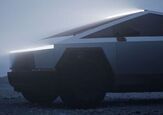

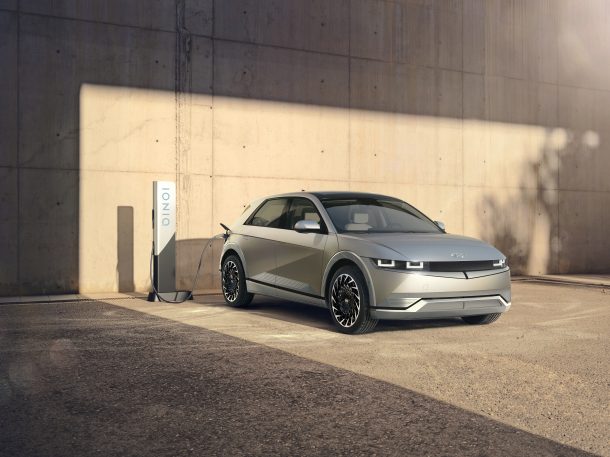
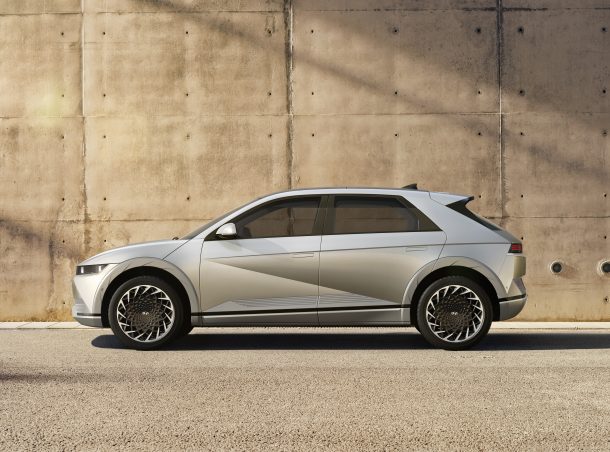















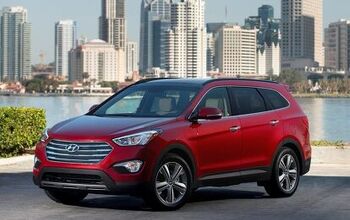
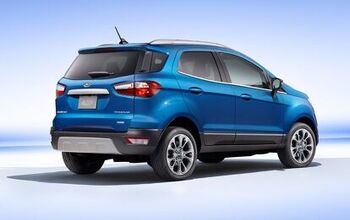

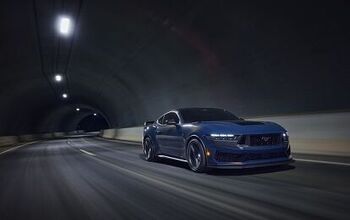
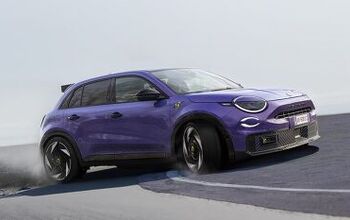

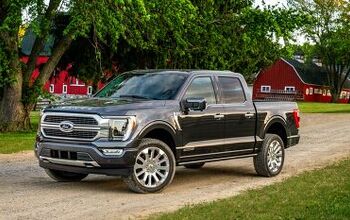
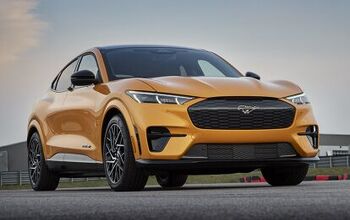
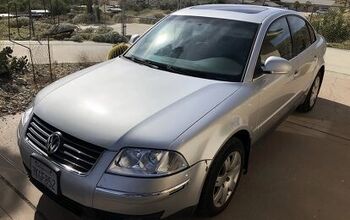



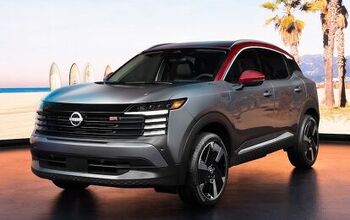
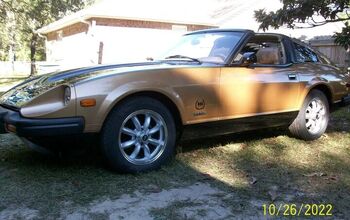
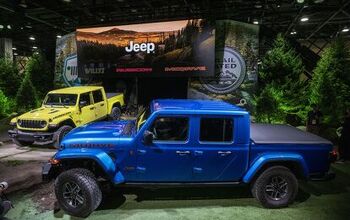
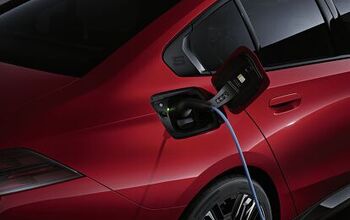
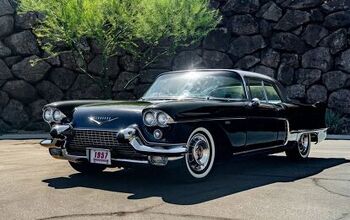
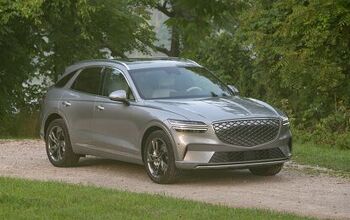
Comments
Join the conversation
Styling is subjective but the IQ5 looks promising in pictures except for the steeply raked hatch stealing precious seats-up cargo space. A darker minimalist interior probably looks (and wears) better as it seems rather basic in white. Because renting a ICE vehicle for road trips is a stop gap measure towards BEV adoption, a 300 mile range + fast charging hits the lower end of the sweet spot for 100% ICE replacement capability in most driving situations. I’ve read measurements indicating the IQ5 is about CRV sized which some commenters say is too large. However, with compact to mid sized CUV’s dominating the market, any mainstream BEV must be at least this size and up to reach the widest audience.
I'll take an angry face over the old "smiling fat lip" Mazda had on the last or next to last gen 3 sedan. A vehicle's looks are pretty far down on my priority list, and I generally like Mazda, but that front end would have been a deal breaker for me.